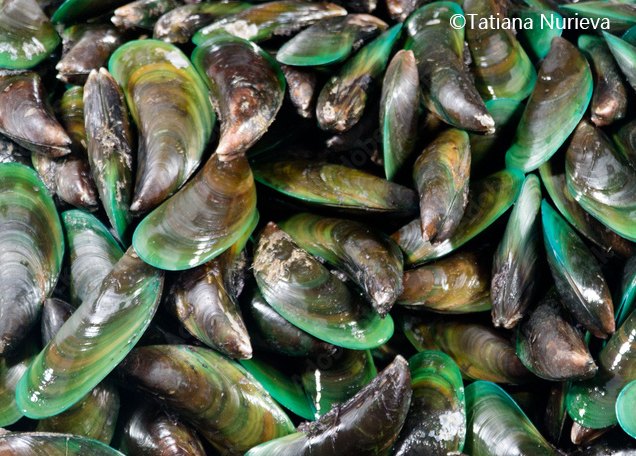Mussels cultivated in Manila Bay are contaminated with feces from sewage, agricultural, and diffuse sources
02 May 2024

Manila Bay, a multipurpose body of water located around Metro Manila, Philippines, is continuously degrading because of pollution. Reports have shown that the bay and its aquatic resources such as seafood are contaminated with feces and disease-causing microorganisms, posing a threat to public health and the industry. This problem raises the need to trace the source of contamination as a part of the rehabilitation efforts in the bay. Bivalve mollusks cultivated in water bodies can indicate fecal pollution and water quality. By profiling using DNA analysis, this study detected Cryptosporidium species, which are microscopic parasites causing intestinal infection in humans and animals, in Asian green mussels (Perna viridis) cultivated and harvested in Manila Bay and sold in Bulungan Seafood Market, Parañaque, Philippines, from 2019 to 2021 with an overall occurrence of 8.77%. The analysis showed three genetic variants of the parasite, suggesting fecal pollution in bivalve cultivation sites coming from sewage, agricultural, and diffuse sources. The study also detected a genetic variant of Cryptosporidium that can pose risks to human health. Thus, there is a need to establish routine detection and DNA analysis of Cryptosporidium spp. in Manila Bay and to educate seafood consumers on food safety.
Cryptosporidiosis is an intestinal disease caused by the parasitic protozoa Cryptosporidium. Cryptosporidium infections, despite having a worldwide distribution, are often underreported in clinical settings. This disease can be contracted via the fecal-oral route, where an individual ingests contaminated food or water. Anthropogenic activities, such as dumping of untreated sewage and agricultural activities, can contaminate water bodies and aquatic commodities, such as edible bivalves, with Cryptosporidium. The host-specificity of Cryptosporidium species is useful in microbial source tracking, a collection of methodologies aiming to trace the source of fecal pollution in the environment. The detection and genotyping of Cryptosporidium concentrated in filter-feeders such as edible bivalves may be utilized to point out contamination sources, which can be used by monitoring agencies as a complementary tool for water quality assessment and by local government units for policy-making, regulation, and bioremediation efforts. The detection of the parasites in these aquatic commodities can also serve as information on the possible risks posed to consumers.
Authors: Mark Raymond A. Vejano, Laurice Beatrice Raphaelle O. dela Peña and Windell L. Rivera (Pathogen-Host-Environment Interactions Research Laboratory, Institute of Biology, College of Science, University of the Philippines Diliman)
Read the full paper: https://doi.org/10.1007/s12639-023-01634-2
